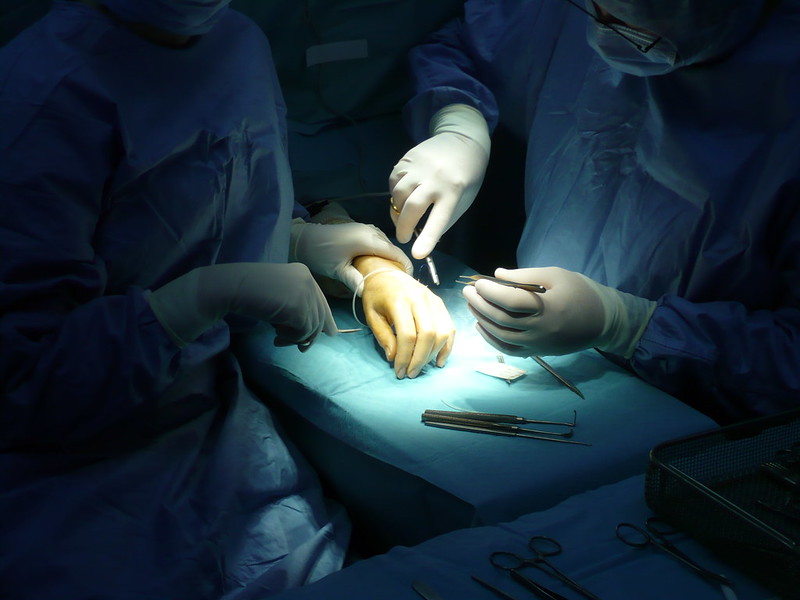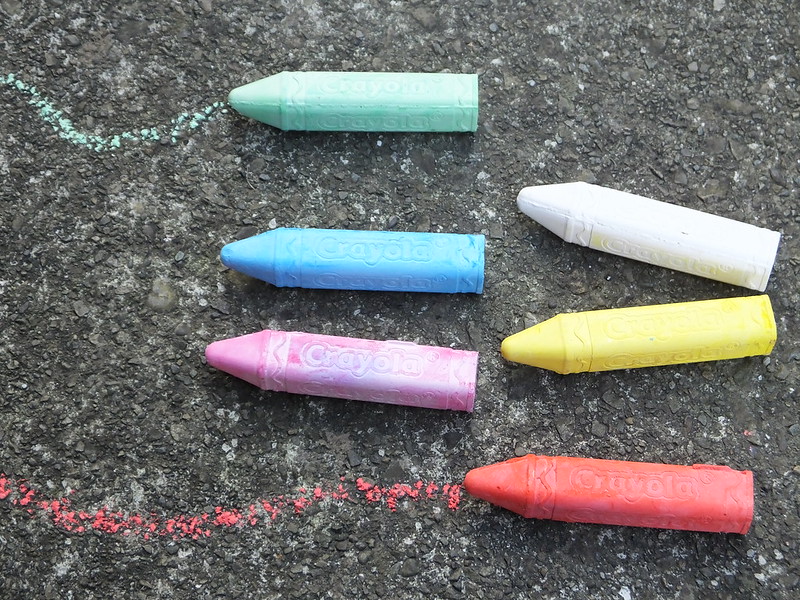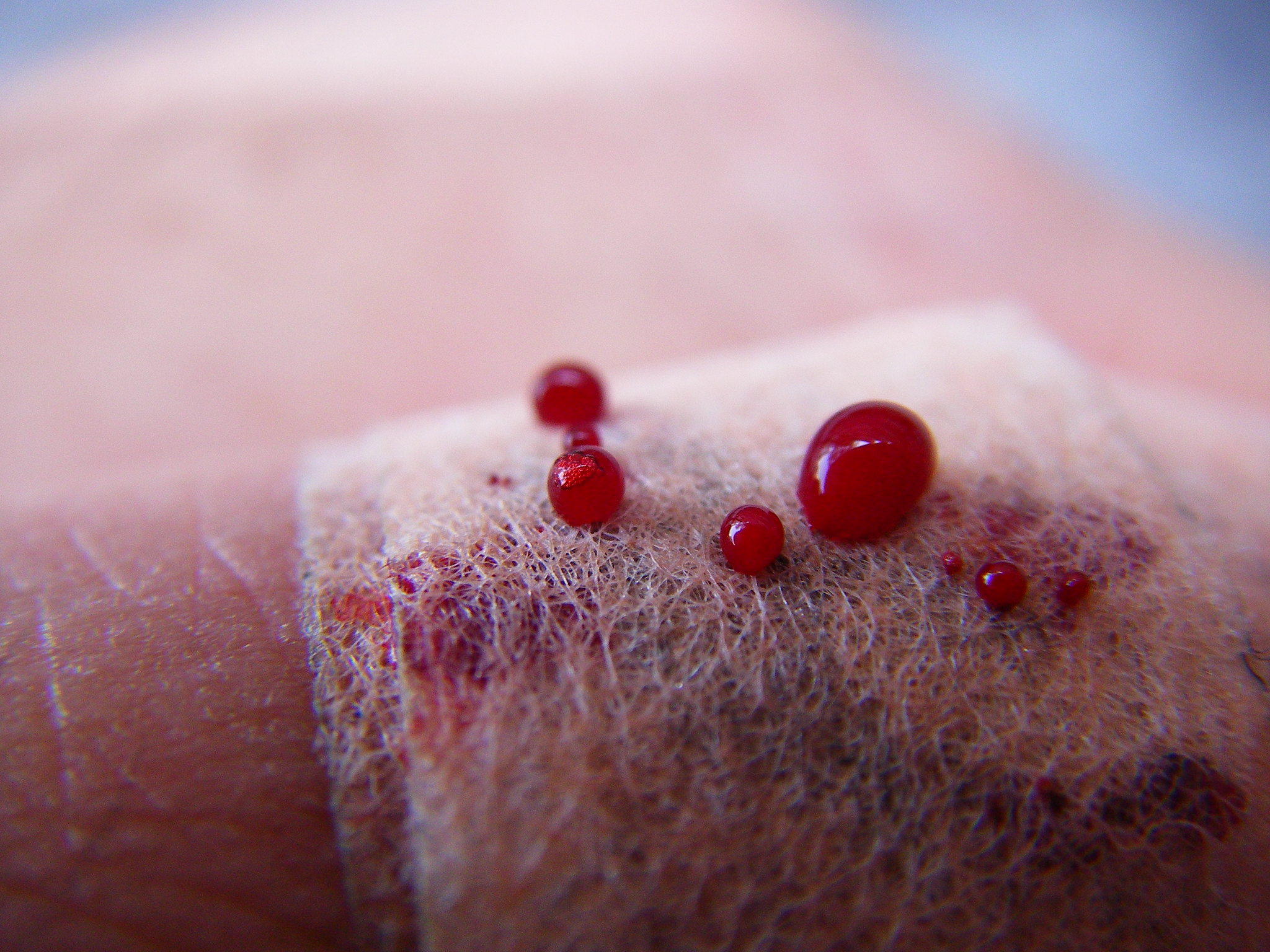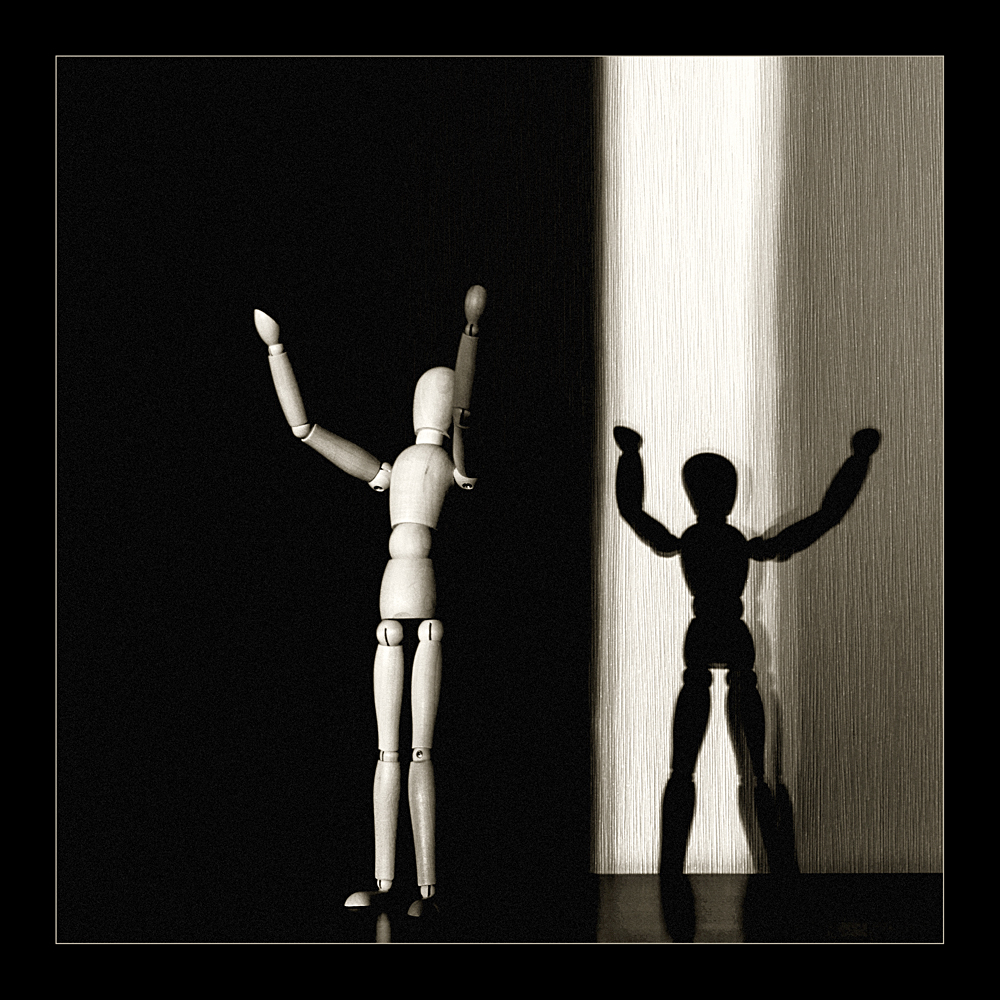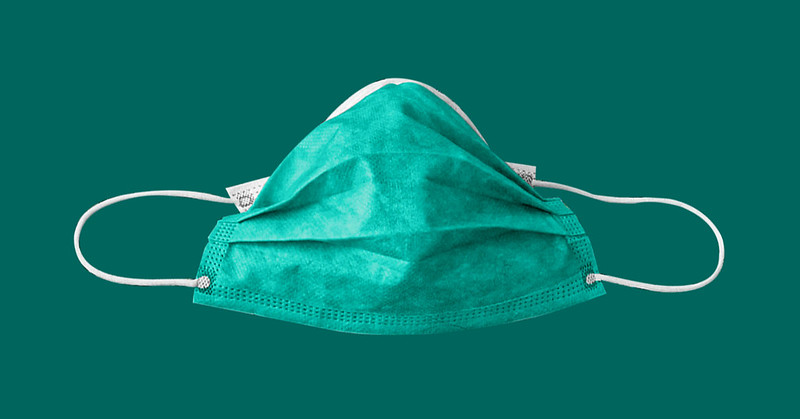My Top Five Operating Room Mistakes
My first time in the operating room (OR) was when I was a junior in college. I was beaming under my mask, so excited to shadow and observe my first surgery ever, a riveting and exotic procedure: a planned and standard laparoscopic cholecystectomy. A friendly circulating nurse that I had been chatting with asked me, “Sabrina, what’s your glove size?”

